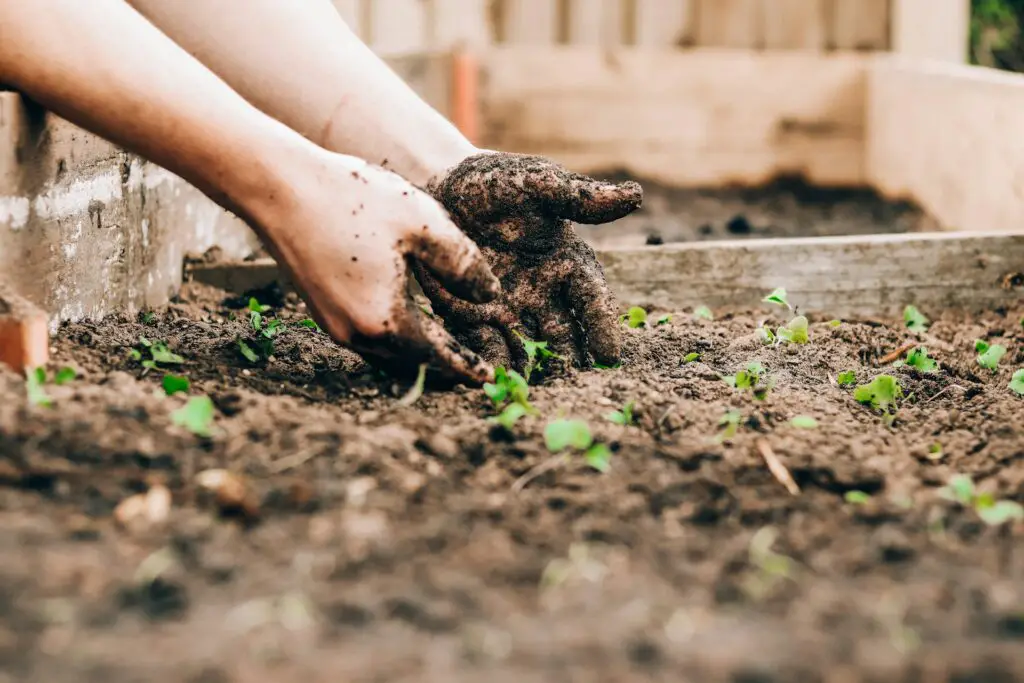Maintaining the right pH level in your yard or garden is crucial for the health and growth of your plants. The pH level of the soil affects nutrient availability, microbial activity, and overall plant health. Here’s a comprehensive guide on how to increase or decrease the pH of your yard or garden.
Understanding Soil pH
Soil pH is a measure of how acidic or alkaline the soil is, on a scale of 0 to 14. A pH of 7 is neutral, below 7 is acidic, and above 7 is alkaline. Most plants thrive in soil with a pH between 6 and 7.5, but some plants have specific pH requirements.
Testing Soil pH
Before making any adjustments, it’s essential to test your soil’s pH. You can use a home testing kit or send a sample to a local extension service. Knowing your current pH will help you determine how much adjustment is needed.
Increasing Soil pH
If your soil is too acidic (low pH), you need to increase the pH to create a more alkaline environment. Here are some methods to do so:
Lime Application
Lime (calcium carbonate) is the most common amendment used to raise soil pH. It neutralizes soil acidity and provides calcium and magnesium. There are several types of lime, including:
Ground limestone: Fine particles react quickly.
Pelletized lime: Easier to apply and less dusty.
Hydrated lime: Fast-acting but can be harsh on plants if overused.
Application Rate: The amount of lime needed depends on the current pH and soil type. Generally, 5-10 pounds of lime per 100 square feet is used, but a soil test will give specific recommendations.
Wood Ash
Wood ash from untreated wood can also increase soil pH. It contains potassium, calcium, and magnesium.
Application Rate: Use sparingly, at about 2 pounds per 100 square feet. Over-application can lead to nutrient imbalances.
Baking Soda
Baking soda (sodium bicarbonate) can temporarily raise soil pH, but it’s not a long-term solution and should be used with caution due to its sodium content.
Application Rate: Dissolve 1 tablespoon of baking soda in a gallon of water and apply to the soil.
Decreasing Soil pH
If your soil is too alkaline (high pH), you need to lower the pH to create a more acidic environment. Here are some methods to do so:
Sulfur Application
Elemental sulfur is the most common amendment to lower soil pH. Soil bacteria convert sulfur to sulfuric acid, which acidifies the soil.
Application Rate: The amount of sulfur needed depends on the current pH and soil type. Generally, 1-3 pounds of sulfur per 100 square feet is used, but a soil test will give specific recommendations.
Aluminum Sulfate
Aluminum sulfate lowers pH quickly and provides aluminum, which some plants need. However, overuse can lead to aluminum toxicity.
Application Rate: Use 5-10 pounds per 100 square feet for significant pH changes. Follow soil test recommendations.
Organic Matter
Adding organic matter like compost, peat moss, or pine needles can help lower soil pH gradually. As organic matter decomposes, it releases acids that acidify the soil.
Application Rate: Apply a 2-3 inch layer of organic matter and incorporate it into the soil.
Maintaining Optimal Soil pH
After adjusting your soil pH, regular maintenance is essential to keep it at the desired level. Here are some tips:
Retest Soil pH: Test your soil pH annually to monitor changes and make adjustments as needed.
Mulching: Use organic mulch to help maintain soil pH and improve soil health.
Balanced Fertilization: Use fertilizers appropriate for your soil pH. Some fertilizers can affect pH levels.
Plant-Specific pH Preferences
Different plants have varying pH requirements. Here are some examples:
Acid-Loving Plants: Blueberries, azaleas, rhododendrons, and camellias thrive in acidic soil (pH 4.5-5.5).
Neutral pH Plants: Most vegetables, grasses, and ornamentals prefer neutral to slightly acidic soil (pH 6-7).
Alkaline-Tolerant Plants: Lavender, thyme, and yarrow can tolerate alkaline soil (pH 7-8).
By understanding your soil’s pH and knowing how to adjust it, you can create a healthier environment for your plants, leading to more vibrant and productive gardens and yards. Regular testing and mindful amendments will ensure your soil remains in optimal condition for years to come.
Common Mistakes to Avoid
When adjusting soil pH, there are a few common mistakes that gardeners should avoid to ensure the best results and prevent damage to plants.
Over-application of Amendments
Applying too much lime or sulfur can quickly shift soil pH to levels that are harmful to plants. Always follow the recommendations from your soil test and add amendments gradually.
Neglecting Soil Testing
Skipping soil testing can lead to improper pH adjustments. Without knowing your soil’s starting pH and its buffering capacity, it’s challenging to apply the correct amount of amendment.
Ignoring Soil Type
Different soils react differently to pH adjustments. Sandy soils require less amendment to change pH compared to clay or loamy soils. Consider your soil type when applying amendments.
Quick Fixes
Using quick-fix solutions like baking soda or vinegar can provide temporary changes but may cause long-term issues. It’s better to use tested and proven methods like lime or sulfur for more stable results.
Practical Tips for Soil pH Management
Maintaining the right pH involves ongoing monitoring and adjustments. Here are some practical tips:
Integrated Soil Management
Combine pH adjustments with other soil management practices like adding organic matter, practicing crop rotation, and using cover crops. These practices enhance soil health and can help maintain a stable pH.
Mulching
Using organic mulch such as pine needles, straw, or leaves can help gradually lower soil pH while also retaining moisture and improving soil structure.
Choosing the Right Plants
Select plants that are well-suited to your soil’s natural pH. This reduces the need for drastic pH adjustments and ensures plants have a better chance to thrive.
Avoiding Over-fertilization
Certain fertilizers can alter soil pH over time. Use fertilizers that are appropriate for your soil pH and avoid over-fertilizing, which can lead to nutrient imbalances and pH shifts.
Maintaining the correct pH in your yard or garden is a critical aspect of successful gardening. By regularly testing your soil, applying the right amendments, and practicing good soil management, you can ensure your plants receive the nutrients they need to grow healthy and strong. Whether you need to raise or lower your soil’s pH, understanding the correct methods and avoiding common mistakes will help you create a thriving garden. Regular monitoring and mindful adjustments are key to keeping your soil in the optimal pH range for your specific plants.






